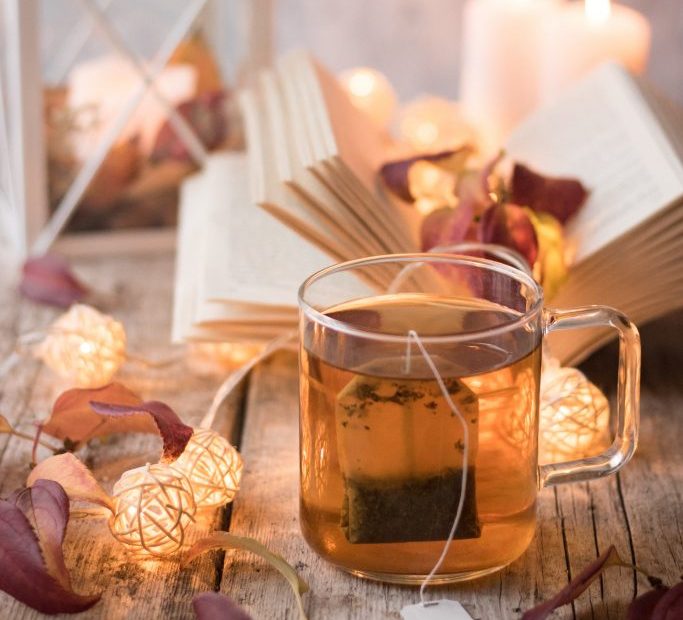What Teas Have The Least Theine?
I was asked what I thought about decaffeinated tea–years ago, while trying the “5-cup tea diet,” I tasted a decaffeinated green tea. The taste is definitely disappointing, plus I have little faith in these elimination processes, whether it is tea or other products such as 0.1% yogurt (which you no longer digest and maybe there is a reason…).
However, there are teas that naturally have a lower amount of theine/caffeine. I will also briefly tell you about how to make a decaffeinated tea at the end but in the meantime here are 5 low theine teas with a small caveat: green tea in general is in this category (matcha aside). They average 25mg per cup (230ml) but there are some types of green tea that contain even less…
Bancha
This tea much loved by the macrobiotic world, is a Japanese green and is a lower quality tea than other Japanese varieties such as Gyokuro or Sencha. This is either because it may be the result of harvesting the lower leaves (the upper leaves are more valuable and are the ones used to produce Sencha) or because it comes from the summer harvests, usually the third and fourth.
Bancha is the tea that families in Japan drink after meals and is also recommended for children and convalescents precisely because of its low theine content. It often forms the basis of other teas such as Genmaicha or Hojicha.
Houjicha
Another Japanese green tea. Houjicha comes from roasting Bancha or Sencha and has a very distinctive flavor. Again, the theine content is low, so it is recommended at any time of day, even for children.
Kukicha
Let’s stay in Japan, the land of teas more suitable for those with theine problems. Kukicha is a very unique tea (I like it a lot!), composed mostly of stems. There are different qualities of it, from the lowest resulting from Bancha processing to the most interesting from the best Sencha or Gyokuro. Especially recommended is roasted Kukicha with almost no theine level.
Tie Guan Yin
The amount of theine in oolongs seems to vary according to type and preparation. In fact, according to a U.S. study, theine decreases as infusions increase (N.b. this applies to other types of tea as well): the first has three times the amount of theine than the second infusion of the same leaves.
Among oolongs, particularly suitable for those who have problems with theine or want to drink tea at any time of day are low-oxidation oolongs such as Tie Guan Yin, one of the most famous Chinese oolongs, or Taiwan’s Alishan.
Puer
This is a particular type of black or fermented tea that can be found in leaves, cakes, tiles, or small nests. In general, this type has a low theine content and, given their effectiveness in aiding digestion, are particularly recommended after dinner.
Decaffeinated tea
How do you remove the theine from tea? Solvents are used. The most commonly used is methylene chloride, but ethyl acetate or carbon dioxide can also be used.
Does decaffeinated tea retain the same properties? It seems to contain a smaller amount of antioxidants, but no one knows for sure yet. On this subject I refer you to an interesting article on BerkeleyWellness.com, a portal created in collaboration with the University of California.
